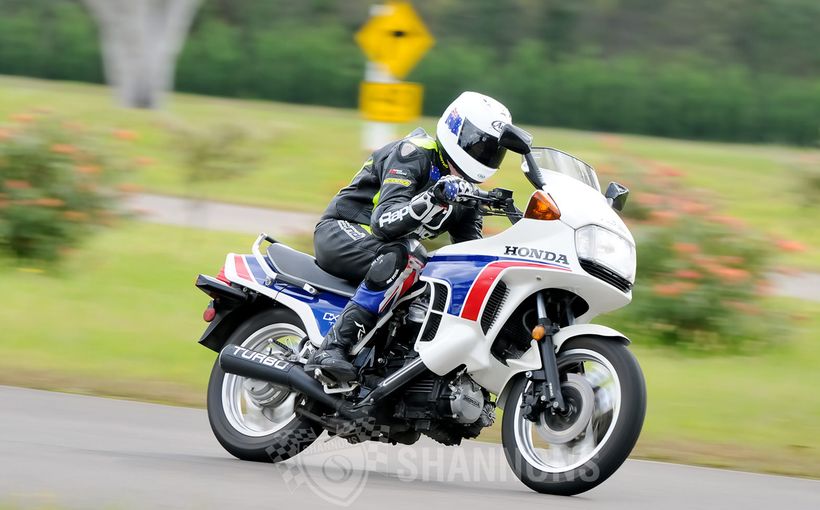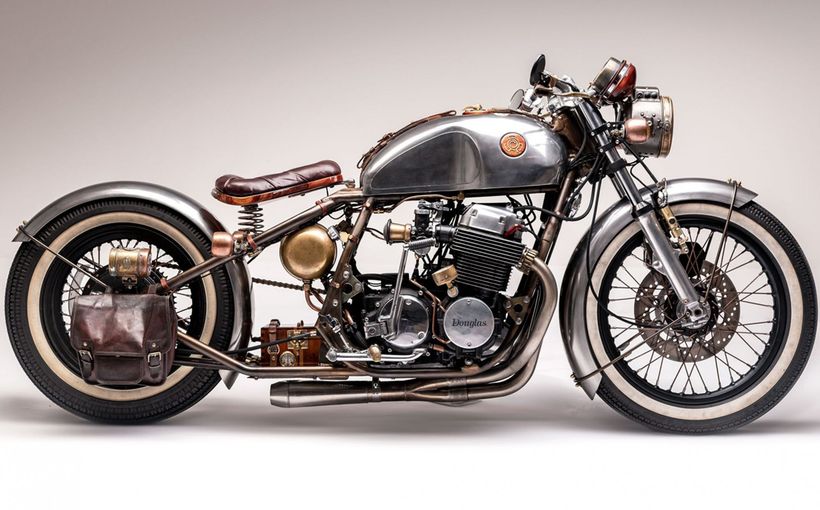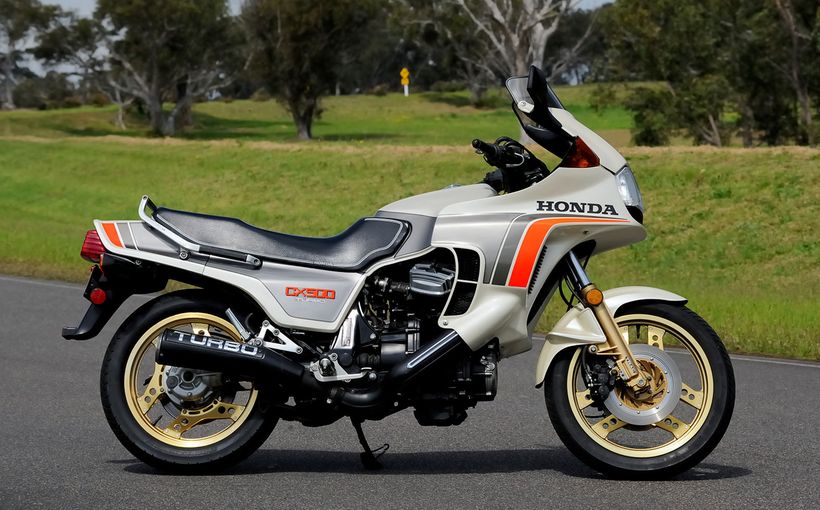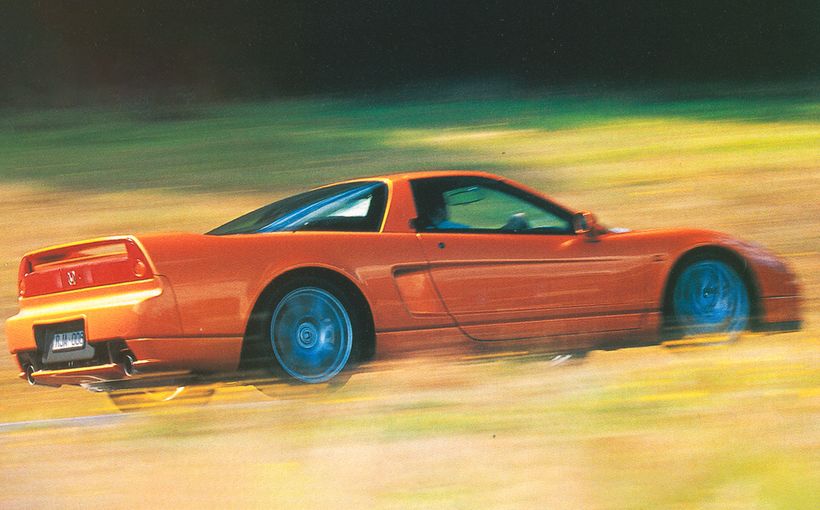Honda S600 and S800: Soichiro’s miniature sports car masterpiece

Porsche, Maserati, Ferrari, Lamborghini, Honda have something in common: in each case they commenced automotive manufacturing with a sports car. There is a small qualification in Honda's case because the T360 mini-truck made its debut at the ninth annual Tokyo Motor Show alongside the S360 and S500 sports cars.

Honda had employed more than 50 experienced engineers in 1957-58 to develop a people’s car (XA170). But in the third quarter (northern hemisphere fall), Soichiro Honda issued an imperative to create a sports car (XA190). His reasoning was that it would be better to create new demand rather than competing with established manufacturers for a share of existing market sectors. Further, as with Honda motorcycles, racing versions could be developed. Soichiro Honda believed that expertise was most quickly gained through Sport.
His vision was that not just Honda's but the entire fledgling Japanese automotive industry should become internationally competitive.
Motorcycle thinking imbued the XA190 program. The engine was a 360cc air-cooled horizontally opposed four-cylinder SOHC unit. The rear-wheel drive chassis featured double wishbone front suspension and leaf springs at the back.
In 1960 a formal research and development section was inaugurated and XA190 was re-imagined with chain drive and an independent rear suspension. Air-cooling was dismissed and the engine acquired an additional overhead camshaft. It was known as AS 250. The plan was to use this new engine not only in the sports car but also in a small pickup truck.
Brilliant as the all-alloy 360cc engine was, the Honda engineers had developed a 492cc version with 40 brake horsepower and peak torque, both arriving at a motorcycle engine-like 8000rpm; back then, typical sedan engines maxed out at around 4500.

Both the mini-van and the sports car were first shown at Honda’s own Suzuka Circuit, which was still in construction. ‘I want to build the circuit,’ Soichiro Honda had said. ‘We can build recreation facilities anytime. We will never succeeed in making good cars unless we race.’ In 1964, Soichiro would enter his own cars in Formula One; talk about putting Japan on the world’s automotive stage!
It was January 1962, nine months before the ninth Japan National Auto Show, which would run for 13 days from 25 October. More than a million visitors attended that extravaganza and Honda’s first three cars – the S360 and S500 sports and the T360 mini-truck were among the brightest stars.

The S360 was metallic silver, while the S500 was scarlet.
Soichiro Honda had decided early on that the sports cars would be red in colour. He was shown a reddish orange prototype and declared:
The new car is definitely going to be red, but we should use a more vivid red.
A rich scarlet was chosen.
The first half of the 1960s was a great period for new sports cars. Jaguar showed its E-type at Geneva in May 1961. Chevrolet’s amazing ‘split-window’ Corvette Stingray made its public debut in the American fall of 1962. The Porsche 911, under the proposed name 901 (soon to be vetoed with Peugeot who had patented all three-numeral numbers with a zero in the middle), followed in 1963. Naturally, the Honda S500 was at the opposite end of the spectrum, where it would keep the Austin-Healey Sprite and Triumph Spitfire company.
Perhaps the S500 is best understood as Japan’s re-imagining of the MG Midget, which had so delighted American customers in the immediate postwar years.
Misgivings about the 360 engine’s lack of power led to the decision not to manufacture it and probably no more than four or five prototypes were produced. The issue was perhaps not so much the engine but the weight of the car. The use of a separate chassis meant that, at 725kg, it was heavier than the diminutive size suggested.

The production S500 was wider and longer than the prototypes. Because domestic demand for sports cars was minuscule, the decision was taken to rework it to suit export markets. The engine capacity increased slightly to 531cc. It finally went on sale in Japan after the following year's Tokyo show.
In 1963, engines typically were made of cast iron and the use of just one carburettor was the norm. Sports versions often picked up another carburettor and ‘twin-carb’ was almost shorthand for high performance.
Into this quiet world drove the incredibly noisy S500 with a quartet of carburettors and peak power of 44 brake horsepower, just four more than the contemporaneous Volkswagen Beetle 1200. Top speed was 130, maybe 12 more than the VW’s but two or three less than an Austin-Healey Sprite’s.
The production car had a double wishbone torsion bar front end and a remarkable configuration for the driven wheels: cast aluminium cases containing chain drive for each wheel, the cases doubling as independent motorcycle-style swing arms. There were coil springs.
Despite the ‘big’ 531cc engine, Honda’s product planners were still nervous about their car’s performance and within three months of the S500’s October 1963 debut the S600 superseded it. Capacity was 606cc but the engine’s twin overhead camshafts and quartet of Keihin carburettors helped it to produce an astonishing 57 brake horsepower at 8500rpm. Top speed was an impressive 145km/h. Even so, work on an even more powerful version had already begun. This was to be the S800.
It is difficult to imagine the levels of adrenaline that must have flowed through the Honda company. Soichiro Honda was determined to succeed in carmaking as he had so manifestly succeeded with motorcycles.
A total of 1388 S500s were produced in the model’s 16-month run, while 3756 S600s were made in just nine months.

In November 1964 the coupe version of the S600 was introduced. At the same time, work was proceeding on a 687cc engine for the proposed S700. Producing 72bhp at an astronomical 9500rpm, it made two more horses than the S800 which gave 70 at 8000. History fails to record why the S700 never made it into production.
As for the S800, Honda’s advertising proudly proclaimed it to be a ‘great 100 mile per hour car.’ The new grille made it look less dainty but also, arguably, less pure than the original version.
This version went on sale in February 1966 but within four months underwent a huge change. The radical aluminium chain-case independent rear end was replaced by a rigid rear axle with four links and a Panhard rod. Conventional drive was used. It seems that the main concern was how export markets, especially the US, would receive chain-drive. Exports to the US began in October 1966.
Both the S600 and S800 were sold in Australia, albeit in smallish volumes. Then Wheels editor Bill Tuckey, under his funny-man pseudonym Romsey Quints, wrote in the June 1967 edition of the magazine:
So here I am going out into the traffic with the new Honda S800… Anyway, I hose it along the stream of traffic heading towards Der Bridge and the first thing I think is that it’s quiet. I mean Quiet. The S600 always made such a demented noise, a bit like a chainsaw. This one only starts to yell above 6000rpm. And it has some poke, I find. Real torque, torque you can pick coming in on a cam, not a spread of nil torque from 100 to 10,000rpm that changed not one jot in its journey to whatever peak it had. This new Honda pulls hard between 4000 and 7000rpm and feels like it will do the ton.
I must admit it retains the finer things of the old car. A nicely done cockpit, with lettering and instruments that is really good industrial design. A great gearbox with very sneaky synchromesh and short throws. You can get away from the wheel and you don’t need cutaway doors to clear the elbows in the opposite-locking moments. But Honda can accept my most grateful thanks for cleaning up that rear end. The old chain-case made the S600 wallow like a pig on choppy corners with the power coming off and on and the engine making ra-va-va noises. The live axle stops all that nonsense.
They’ve also put SP3 (Japanese Dunlops) on, plus discs at the front. On the car I won the right hand caliper would keep contacting the disc as it cooled down, so I had to drive with the left foot on the pedal for a half-mile or so to get it cooking again. This, not unnaturally, caused some alarm and despondency in the ranks behind me, but I tried to pretend the Honda had automatic transmission.
Romsey Quints’s conclusion was that ‘the Honda is no longer a toy’.

The car he drove was the last of the line, S800M with radials instead of bias-ply tyres and floating caliper front disc brakes replacing drums. Weight was up to 755kg and standard fare included a big heater and auto-seek radio.
Even Honda’s own publicity admits that these little sports cars were not a great commercial success with just 25,000 built to May 1970. But they did have the effect of bringing Honda's move into automotive production to the world’s attention and arguably set the template for one of the world's most imaginative manufacturers. Just consider what was to follow. The N360 (‘Scamp’ in Australia) had already been launched in March 1967 to be followed by the charming 360Z (with TV-screen-like rear styling) and the Life. In May 1969 came the astonishing air-cooled 1300-series, Honda’s first foray beyond one litre of engine capacity.

In conclusion, Soichiro Honda’s S-series sports cars showcased his determination to create highly engineered and intricate machines cars every bit as desirable to discerning motorists as his motorcycles were to their clientele. After his passing in 1991, much of his spirit survived in the superlative, first generation NSX and the 1999 S2000, already regarded as a modern classic.













